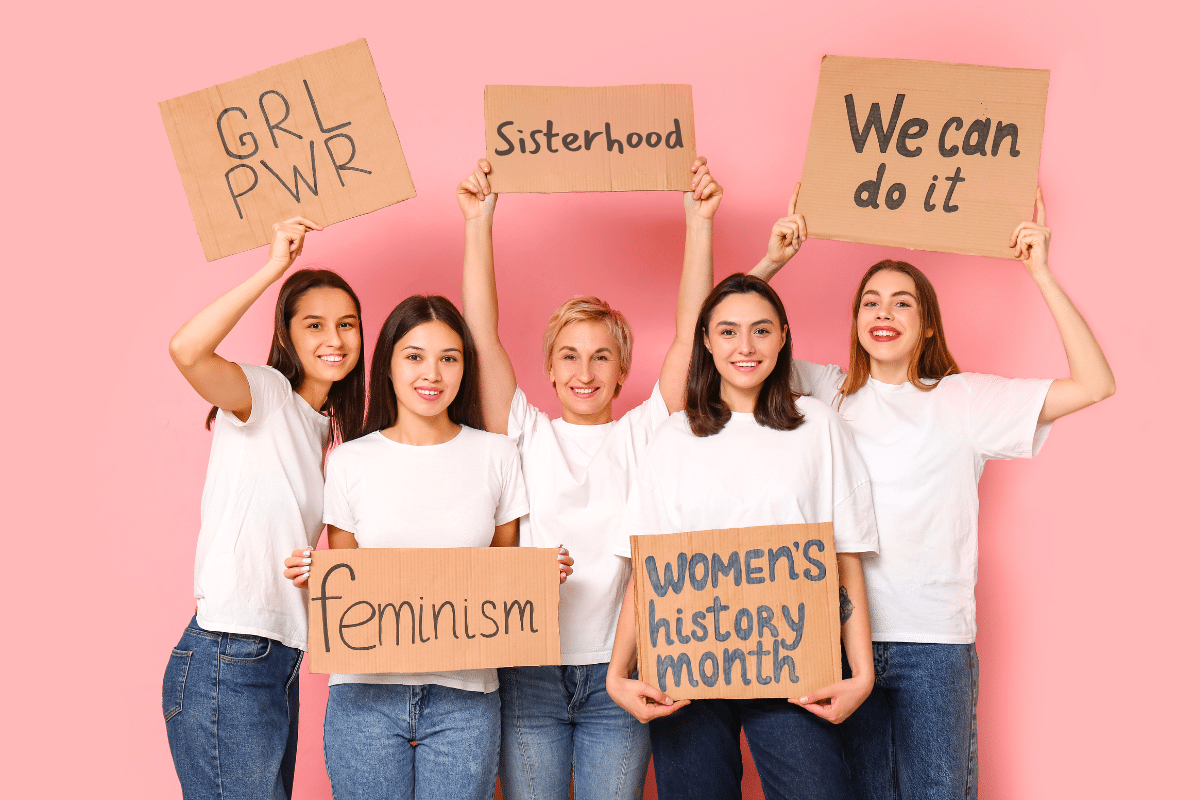More than 70 percent of adults in the U.S. report being dissatisfied with the health…
Marriage Equality and Civil Rights: Loving v. Virginia
It’s not a new issue – Marriage Equality. It’s not a new civil rights issue – Marriage Equality. So, let’s take a look back in time as to how we got here today.
In 1958, Mildred Jeter, a woman of African-American and Native-American decent, married Richard Loving, a white man. They were thrown in prison. Nearly ten years later the couple made history when the United States Supreme Court decided the landmark marriage equality case, Loving v. Virginia.
Now 47 years later, the landmark case that declared bans on interracial marriage in the United States unconstitutional has a new meaning as gay, lesbian and transgender couples fight for marriage equality. The ruling, which was decided by the Supreme Court on June 12, 1967, has consistently been a hallmark for supporters of the freedom to marry, and most recently has been cited in many of the 20 consecutive rulings in state and federal court in favor of marriage for same-sex couples.
The Loving case has had an enormous impact on our society, and has made countless marriages and families possible. We are a better society and country as a result of this decision.
The issue of marriage equality for same-sex couples can be extremely divisive, just as the issue of interracial marriage was when Mildred and Richard Loving were thrown in prison in 1958. Five decades later it seems that in many ways our culture has become more accepting of our differences and cognizant of the need to protect our civil rights. But we still have a long way to go.
Regardless of your political opinions and beliefs, every American should be concerned with the protection of our civil rights and ability of our society to form a more perfect Union.
By Eric J. Einhart – Guest Blogger




This Post Has 0 Comments